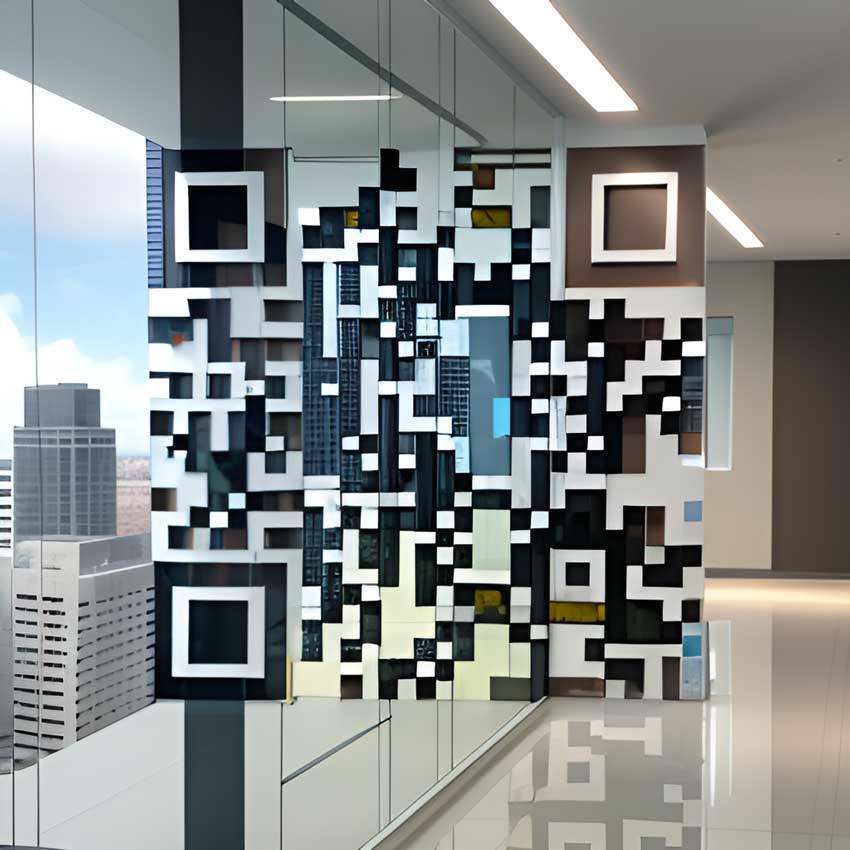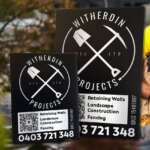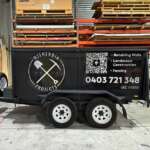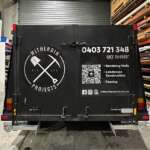
QR Codes
Directing Traffic
A QR code (quick-response code) is a type of two-dimensional matrix barcode, consists of black squares arranged in a square grid on a white background which store data and can be read by imaging devices (such as cameras).
Next time you encounter a QR code, appreciate the blend of functionality and design behind this little square! 🎨🔍
- Applications and Uses:
- Mobile Tagging: QR codes are widely used for mobile tagging. When scanned, they can:
- Display text to the user.
- Open a webpage on the user’s device.
- Add a vCard contact.
- Connect to a wireless network.
- Compose an email or text message.
- Marketing and Advertising: QR codes are placed on products, posters, and advertisements to provide additional information or direct users to specific content.
- Business Cards: QR codes on business cards allow recipients to quickly save contact details to their devices.
- Mobile Tagging: QR codes are widely used for mobile tagging. When scanned, they can:
What Are Barcodes? Barcodes are machine-readable symbols that encode information such as product details, prices, and inventory data.
Graphic design plays a crucial role in making barcodes not only functional but also visually engaging. So next time you scan a product, appreciate the artistry behind that little black-and-white pattern! 🎨🔍
- Types of Barcodes:
- UPC (Universal Product Code): Commonly used for retail products.
- EAN (European Article Number): Widely adopted globally.
- QR Codes: Square matrix barcodes that can store more data, including URLs and text.
- The Role of Graphic Design in Barcodes:
- Aesthetic Appeal: While barcodes serve a functional purpose, their design matters. Well-designed barcodes enhance packaging aesthetics.
- Customization: Brands can incorporate logos, colors, and patterns into barcodes. For example, a QR code can be styled to match a brand’s visual identity.
- Size and Placement: Graphic designers ensure barcodes fit seamlessly on packaging without compromising readability.
- Creative Integration: Some brands turn barcodes into art—embedding them in illustrations or using them as part of a larger design.
- Challenges and Considerations:
- Contrast: Barcodes must have sufficient contrast with the background for scanners to read them accurately.
- Quiet Zones: These are the blank spaces around the barcode. Designers must maintain these zones for successful scanning.
- Resolution: High-resolution printing ensures barcode accuracy.
- Legibility: Avoid intricate patterns or textures that interfere with barcode readability.
Creating QR Codes:
- Many QR code generators are available online. You can customize colors, frames, and even add logos.If you do need help with QR Codes for your own requirements, Ziggiz can do it all!
An excellent way to use a QR Code is to direct traffic to your Linktree account. From Linktree: “Everything you are. In one, simple link in bio.” One of our customers, Witherdin Projects had some trailer signage made to capture interest. See the pic below. To find out more about Linktree click here https://linktr.ee/.
Tags: Graphic Design, QR Codes




